Introduction
Dirga Pranayama, often referred to as the “Three-Part Breath,” is a foundational breathing technique in yoga that emphasizes the full use of the lungs.
This practice involves inhaling deeply, expanding the abdomen, ribcage, and upper chest sequentially, and then exhaling in reverse order.
It cultivates mindfulness, enhances respiratory efficiency, and promotes relaxation.

Practicing Dirga Pranayama not only calms the mind but also prepares the body for deeper meditation.
This technique is suitable for all levels, making it an excellent addition to any yoga routine.
As you learn to harness your breath, you’ll find that it becomes a powerful tool for stress relief and emotional balance.
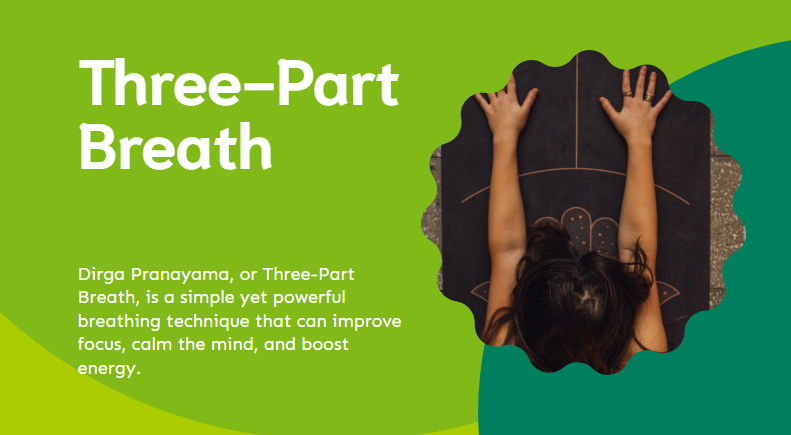
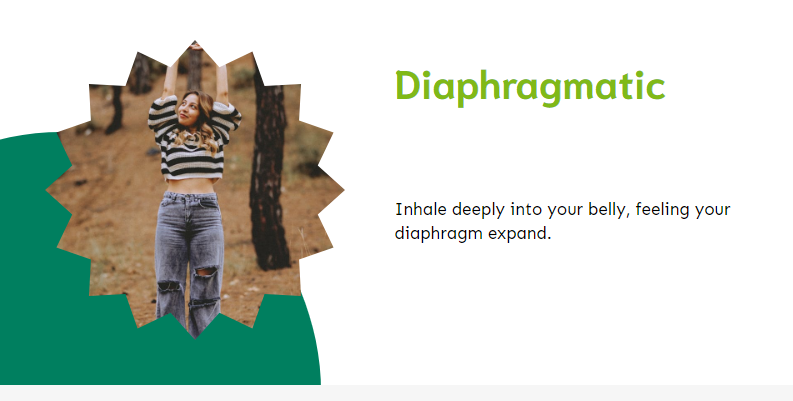
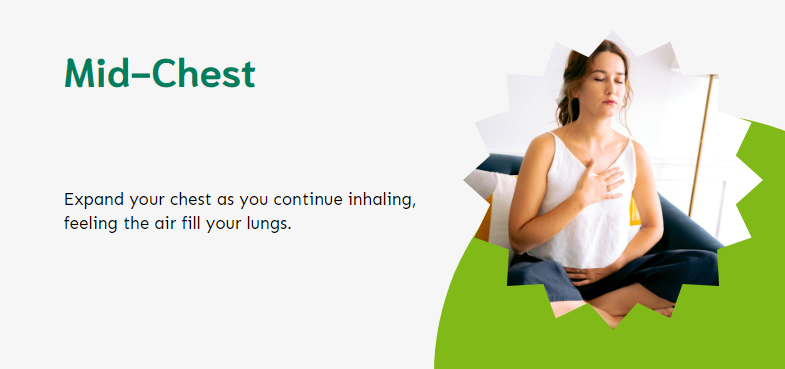
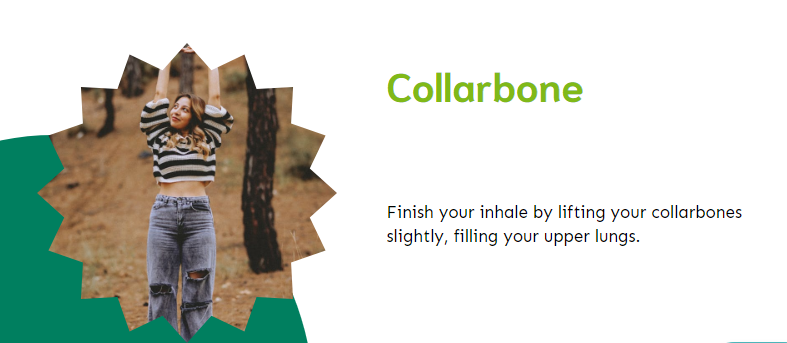
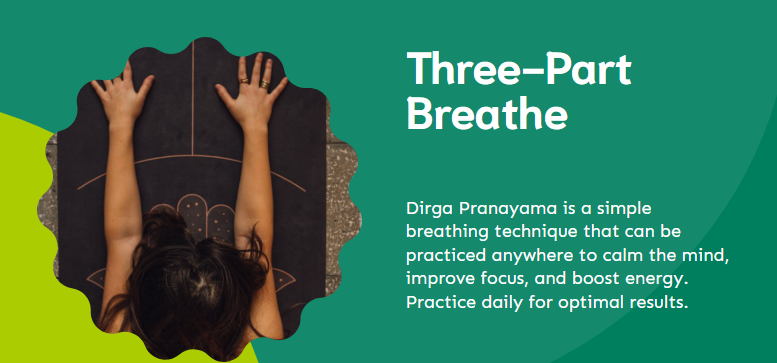
Steps to Perform Dirga Pranayama Yoga Pose/Three-Part Breath
- Find a Comfortable Position: Sit in a comfortable position such as Sukhasana (Easy Pose) or Vajrasana (Thunderbolt Pose). You can also practice Dirga Pranayama while lying down in Savasana (Corpse Pose) if preferred. Ensure your spine is straight and your body is relaxed.
- Place Your Hands: Rest your hands on your knees, palms facing up or down, or place one hand on your abdomen and the other on your chest to feel the movement of your breath.
- Close Your Eyes: Gently close your eyes and bring your awareness inward. Take a moment to observe your natural breath without trying to change it.
- Inhale Deeply: Inhale deeply through your nose, allowing your abdomen to expand first. Feel your belly rise as you fill your lungs with air.
- Expand the Ribcage: Continue to inhale, expanding your ribcage as you draw the breath higher into your chest. Feel the sides of your ribcage opening.
- Lift the Chest: Finally, allow the breath to fill the upper chest. Hold the breath for a moment, feeling the fullness of your inhalation.
- Exhale Slowly: Begin to exhale slowly through your nose. First, draw the breath out of your upper chest, followed by the ribcage, and finally, empty your abdomen completely. Focus on creating a smooth, controlled exhale.
- Repeat the Cycle: Continue this three-part breath for 5-10 cycles, allowing each inhalation and exhalation to flow seamlessly.
- Return to Natural Breathing: After completing your cycles, return to your normal breath. Observe any changes in your body and mind.
- Conclude the Practice: When you’re ready, gently open your eyes and bring your awareness back to the present moment.
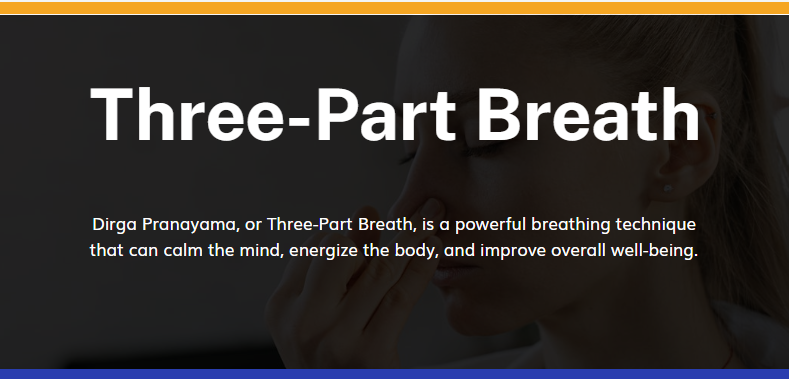
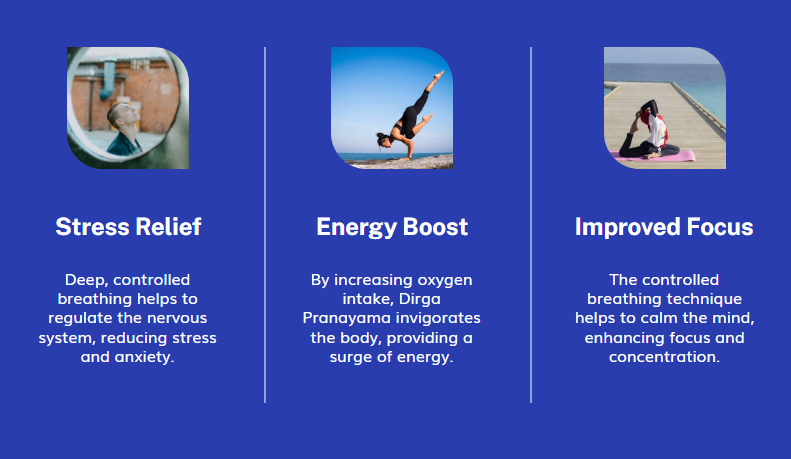
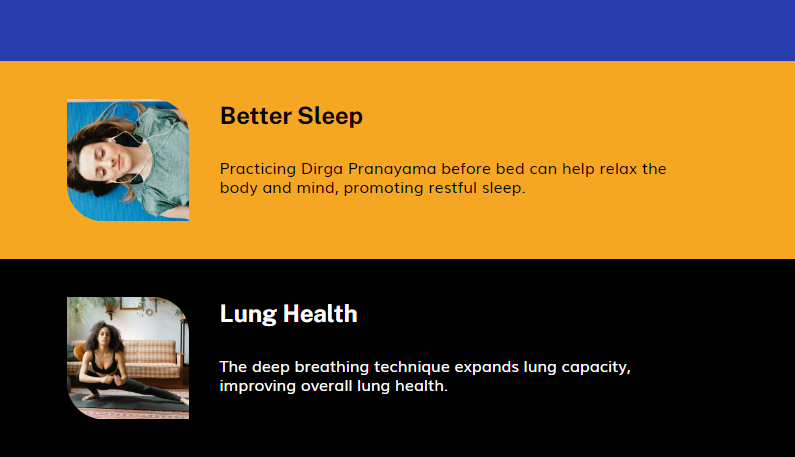
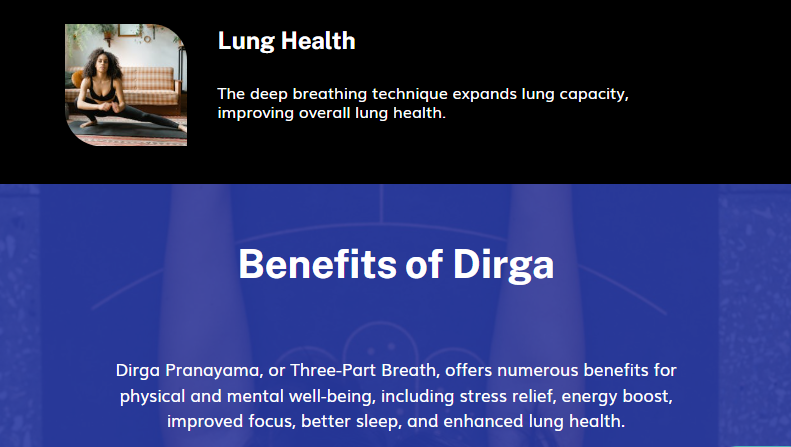
Benefits of Dirga Pranayama Yoga Pose/Three-Part Breath
- Enhances Lung Capacity: Dirga Pranayama improves lung capacity by training the respiratory muscles, allowing for deeper and more efficient breathing.
- Promotes Relaxation: This practice activates the parasympathetic nervous system, helping to reduce stress and anxiety, promoting a state of calmness.
- Increases Mindfulness: The focus on breath encourages mindfulness, helping practitioners develop a deeper awareness of their body and mind.
- Boosts Circulation: The increased oxygen flow enhances blood circulation, nourishing the body’s tissues and organs.
- Improves Focus and Concentration: Regular practice of Dirga Pranayama sharpens mental clarity, aiding in better concentration and focus.
- Improves Digestion: The expansion and contraction of the abdomen during this practice stimulate digestive organs, and improves better digestion and metabolism.
- Emotional Balance: By fostering a connection between breath and emotions, Dirga Pranayama helps release pent-up emotions and promotes emotional stability.
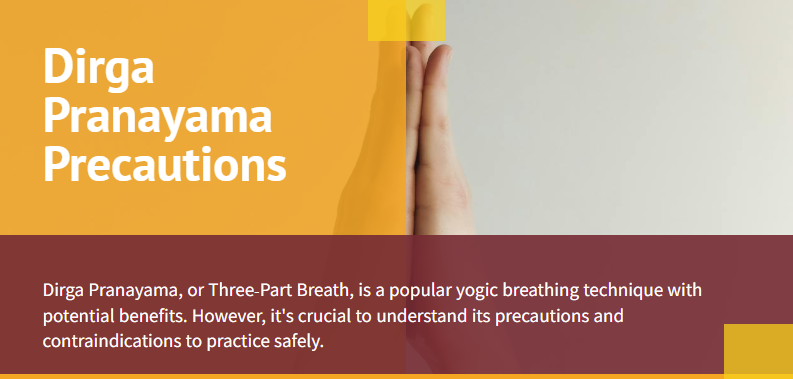
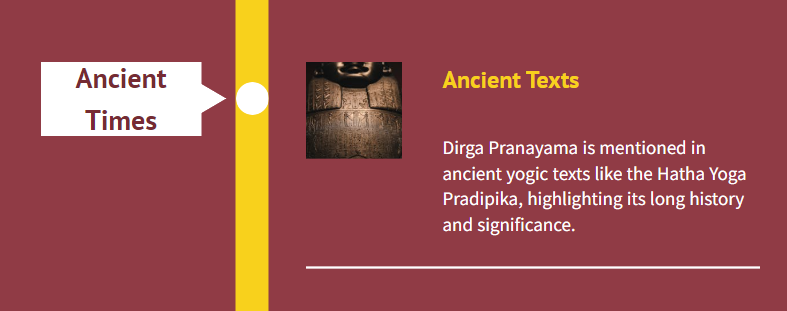
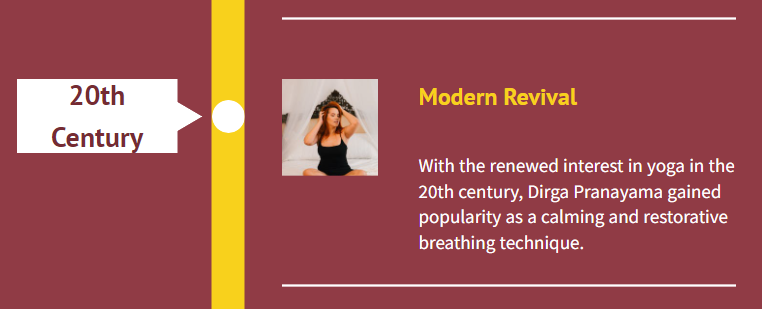
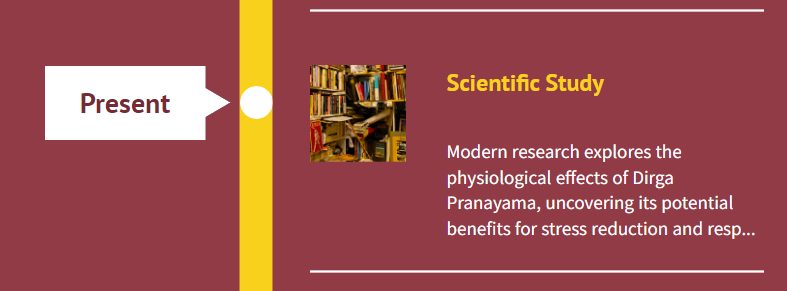
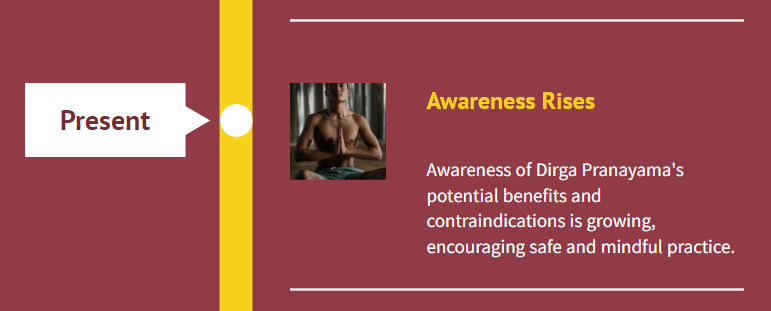
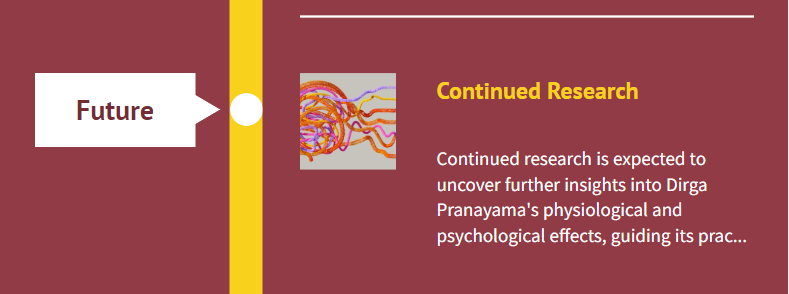
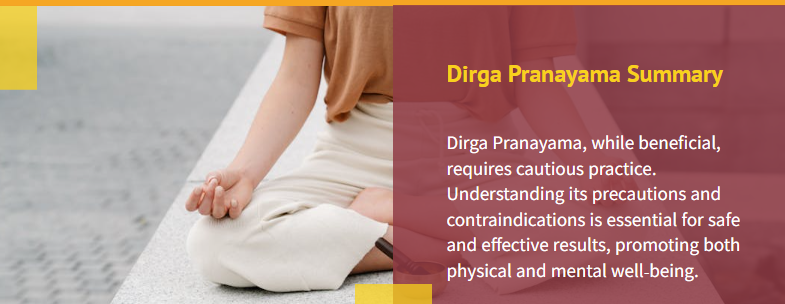
Precautions and Contraindications for Dirga Pranayama Yoga Pose/Three-Part Breath
- Respiratory Conditions: Individuals with respiratory issues such as asthma or chronic obstructive pulmonary disease (COPD) should consult a healthcare provider before practicing this technique.
- Pregnancy: Pregnant women should practice Dirga Pranayama under the guidance of a qualified instructor, as certain breathing techniques may not be suitable during pregnancy.
- Recent Surgeries: If you have undergone recent surgery, especially in the chest or abdomen, consult your healthcare provider before practicing this pranayama.
- High Blood Pressure: Those with hypertension should practice this technique with caution, as breath retention may increase blood pressure.
- Anxiety Disorders: If you experience anxiety or panic attacks, practice this pranayama gently and avoid forcing the breath. Focus on relaxation rather than intensity.
- Dizziness: If you feel lightheaded or dizzy at any point, stop the practice and return to natural breathing until you feel stable.
Conclusion
- Dirga Pranayama is a powerful breathing technique that fosters mindfulness, relaxation, and a deeper connection to the breath.
- By integrating this practice into your yoga routine, you can experience a multitude of physical and mental benefits, enhancing your overall well-being.
- As you practice Dirga Pranayama, remember to listen to your body and maintain a gentle, fluid rhythm in your breath.
- This technique not only prepares you for deeper meditation but also serves as a valuable tool for managing stress and cultivating emotional balance.
- Embrace the power of your breath, and let Dirga Pranayama guide you toward greater harmony and tranquility in your life.
